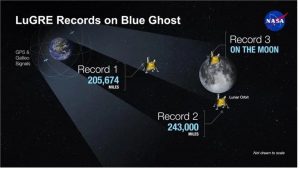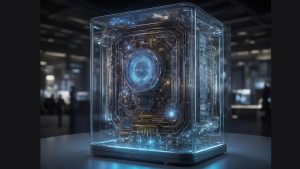Machine Learning Technique Used to Enable Teams of Robots to Work Together and Complete Tasks: Details
Scientists at the University of Illinois Urbana-Champaign have developed a method that to help multiple robots work together using artificial intelligence (AI) and complete tasks. Using multi-agent reinforcement learning, individual agents like drones and robots can often work together collaborate and complete a task when communication lines are open. The new AI techn…

Researchers have developed a method that can make multiple agents work together using artificial intelligence (AI). The method makes use of a type of AI called multi-agent reinforcement learning. Individual agents like drones and robots can often work together collaborate and complete a task when communication lines are open. However, the communication between them can be hampered in the absence of the right hardware or blockage of signals. The new technique uses AI to plug this gap by identifying the individual agent when it contributes to the team objective.
“It’s easier when agents can talk to each other. But we wanted to do this in a way that’s decentralised, meaning that they don’t talk to each other. We also focused on situations where it’s not obvious what the different roles or jobs for the agents should be,” said Huy Tran, an aerospace engineer at the University of Illinois Urbana-Champaign.
According to Tran, the problem is complex as it is not clear what one agent should do in comparison to another agent. He said the challenge was to complete a task together over a period of time. To overcome this, Tran and his colleagues utilised machine learning and created a utility function that informs the agent when it is contributing to the team’s efforts.
Tran has explained that in the case of a team goal, it’s hard to determine who contributed to the win. The machine learning technique plugs this gap by identifying the individual agent when it contributes to the team objective. “If you look at it in terms of sports, one soccer player may score, but we also want to know about actions by other teammates that led to the goal, like assists. It’s hard to understand these delayed effects,” he added.
Tran demonstrated the new technique in a video.
The algorithm used in the technique can also help spot the agent when it is working but not contributing to the goal. It is not something that the robot chose to do wrong, but just something that isn’t required elucidated Tran.
The researcher has highlighted that the algorithm can be used in many real-life situations such as robots working together in a warehouse, military surveillance, traffic signal control, or autonomous vehicles coordination deliveries, among others.



